|
March is the month of the hare as these normally quiet and timid creatures become more noticeable in the landscape. The sight of a hare loping in a field or along a hillside can always lifts the spirits but in March their character becomes a little more dramatic as they take part in the breeding ritual of boxing. Historically it was considered that these boxing matches were, like deer ruts, the dominant male fighting for the right to breed. More recent research suggests that this is not the case. Carefully studies have shown that the sparring is more likely to be between a male and female as the female repels over-zealous males in trials of strength for potential suitors. The Irish hare is one of three lagomorphs found on the Island of Ireland; the others being the brown hare and the rabbit (both more recent introductions). The native Mountain or Irish Hare, (Lepus timidus hibernicus) is one of Ireland’s oldest mammals, a subspecies related to the mountain hares of Scandanavia that have been native to this island since before the last Ice Age (bones found in Co Waterford were dated to more than 28,000 years ago). They are widespread throughout Ireland and found in a variety of environments ranging from coastal dunes to moors and mountain tops, upland and lowland grassland and even bog habitats. Their total numbers, however, are extremely fluid and appear to fluctuate from year to year and often from one habitat to another They are much larger than rabbits, known for their longer ears much longer rear legs and speed. They are stockier than brown hares and vary in colour but generally are a russet brown although indiviuals both much darker or much lighter have been recorded. The tail of the mountain hare is much paler than that of the brown hare which may help to distinguish between the two species. They very rarely moult to white in the winter, unlike other mountain hares. but occasionally a piebald appearance has been observed and the ears are often fringed with white fur even if the main body appears unchanged. Hares do not burrow or use dens like rabbits but live in a shallow depression called a form which can be found on bare soil such as the furrow in a ploughed field, where it reduces exposure to the wind (although in open habitats, they are usually situated to afford good views of the surrounding area). Forms can also be hidden in dense vegetation such as tall grasses or heathers and it's only when the hare is disturbed that it will be flushed from concealment. Hares normally live alone or in pairs but can regularly be seen foraging in large groups in good quality feeding areas but become more solitary in habitats that are poor in grass and heather. Their diet usually consists of heather, grasses and sedges but it will depend on the habitat in which they live. Hares like other members of the Leporide family of mammals will re-ingest their droppings giving them a second chance to break down and digest the tough cellulose which is found in grass. In upland areas the diet may also contains willow, gorse, birch and bilberry especially in winter months, whilst in lowland areas grasses will account for the bulk of the diet along with some perennials and the occasional farm crops. They will consume a wide range of vegetation if it is available with 26 different species recorded in one study including dandelions and groundsel. Time for a short film?.
The Irish Hare - A legend in Peril, a beautiful and haunting tale and only 11 mins long. goo.gl/ufnVwu
0 Comments
Leave a Reply. |
WildEdges
A haven of quiet countryside highlighting issues affecting the natural world. Categories
All
|

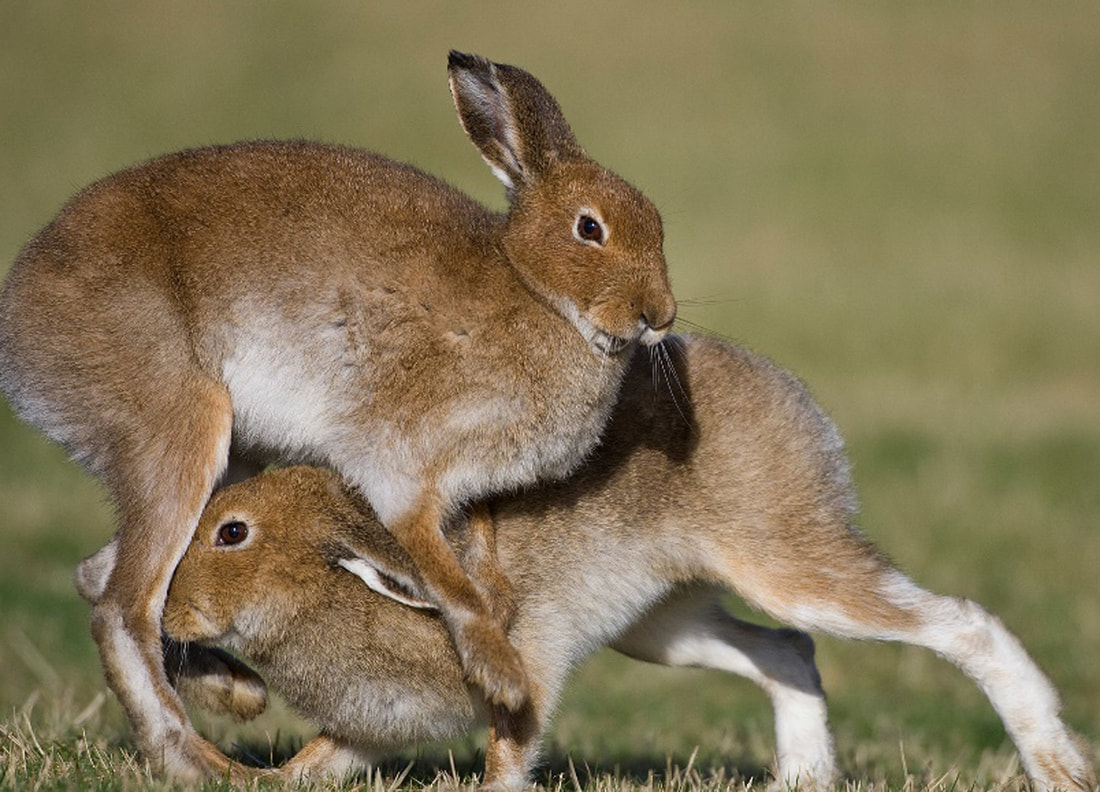
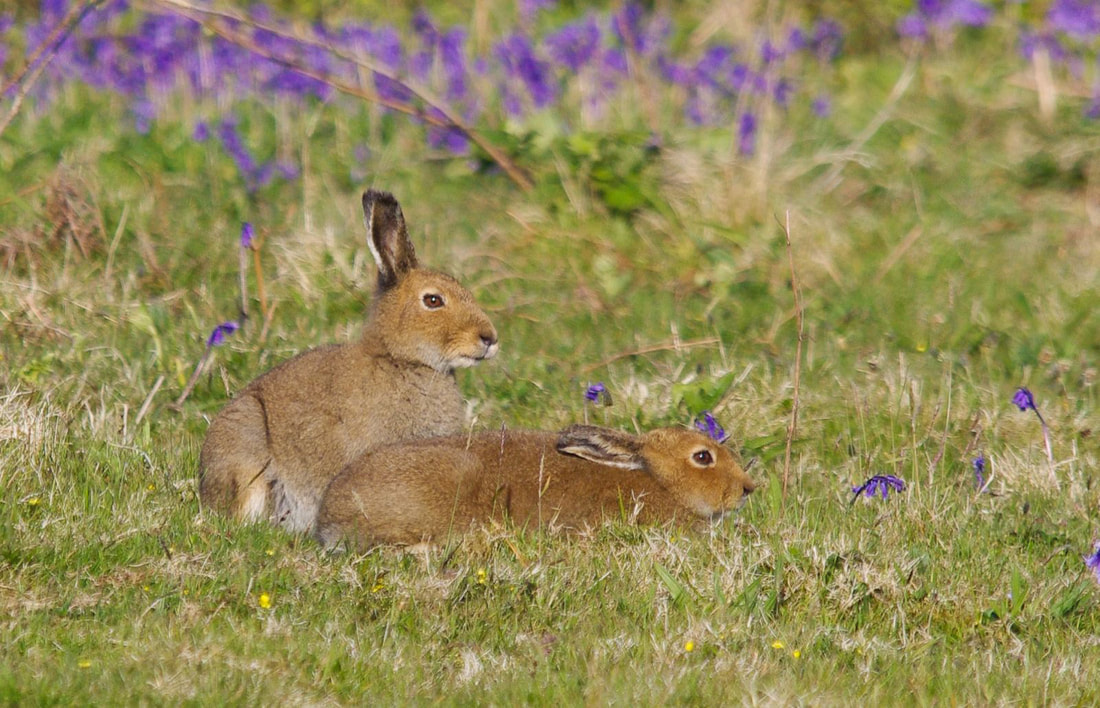
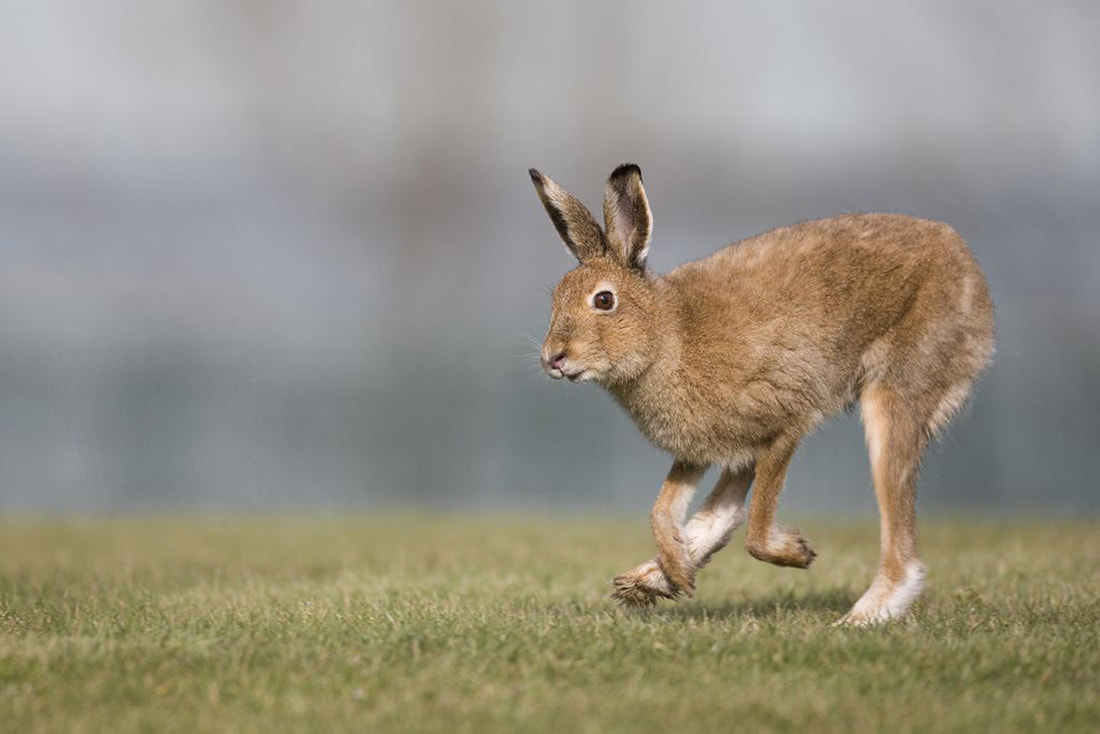
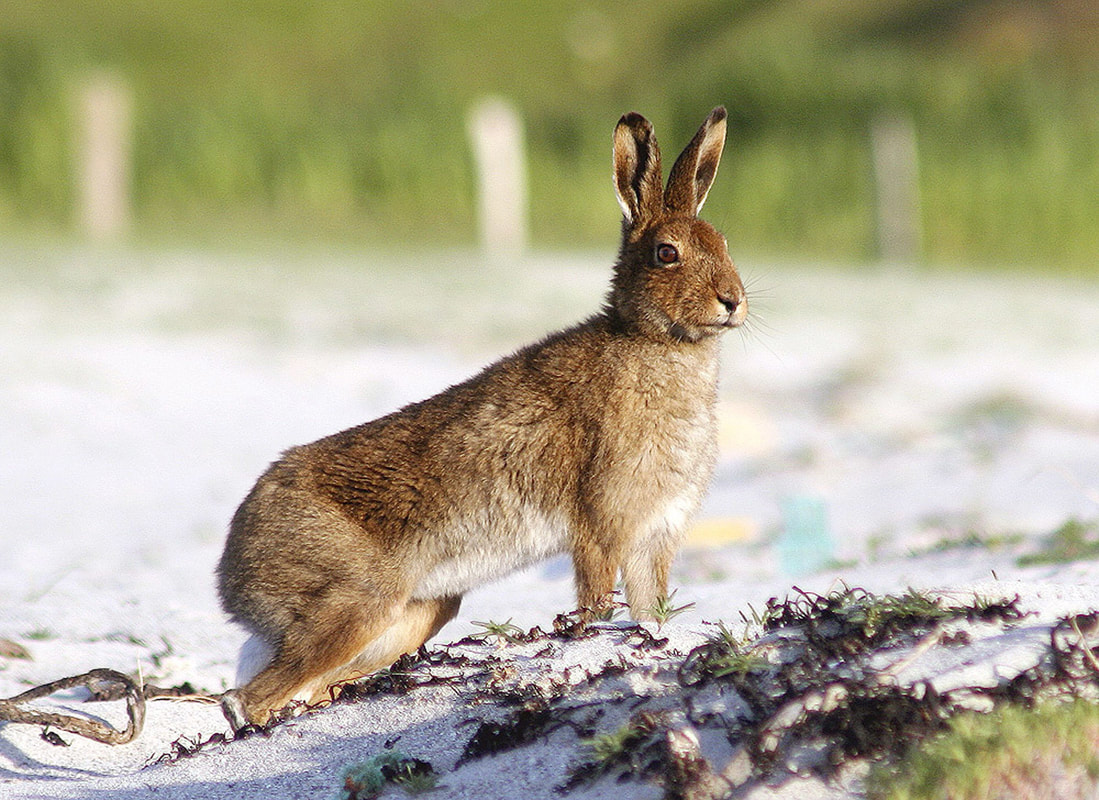
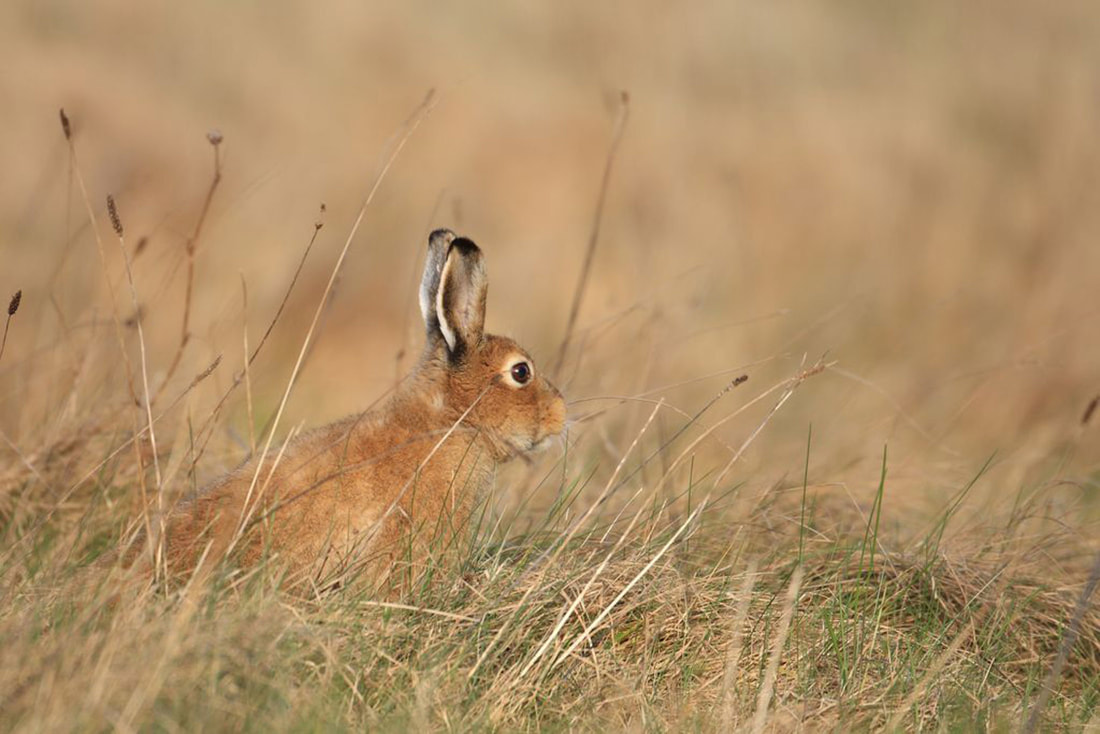
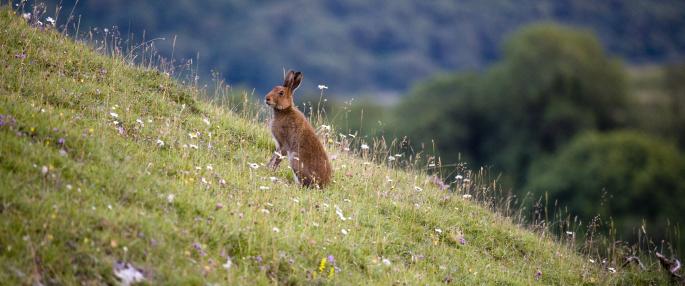
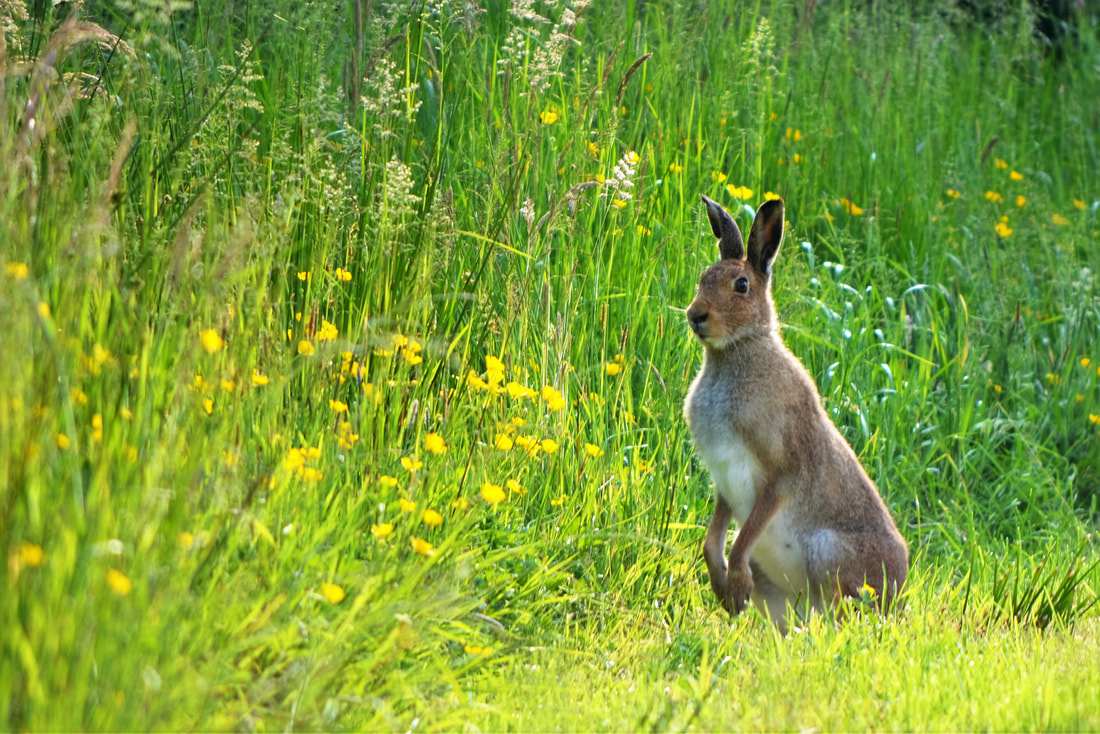
 RSS Feed
RSS Feed